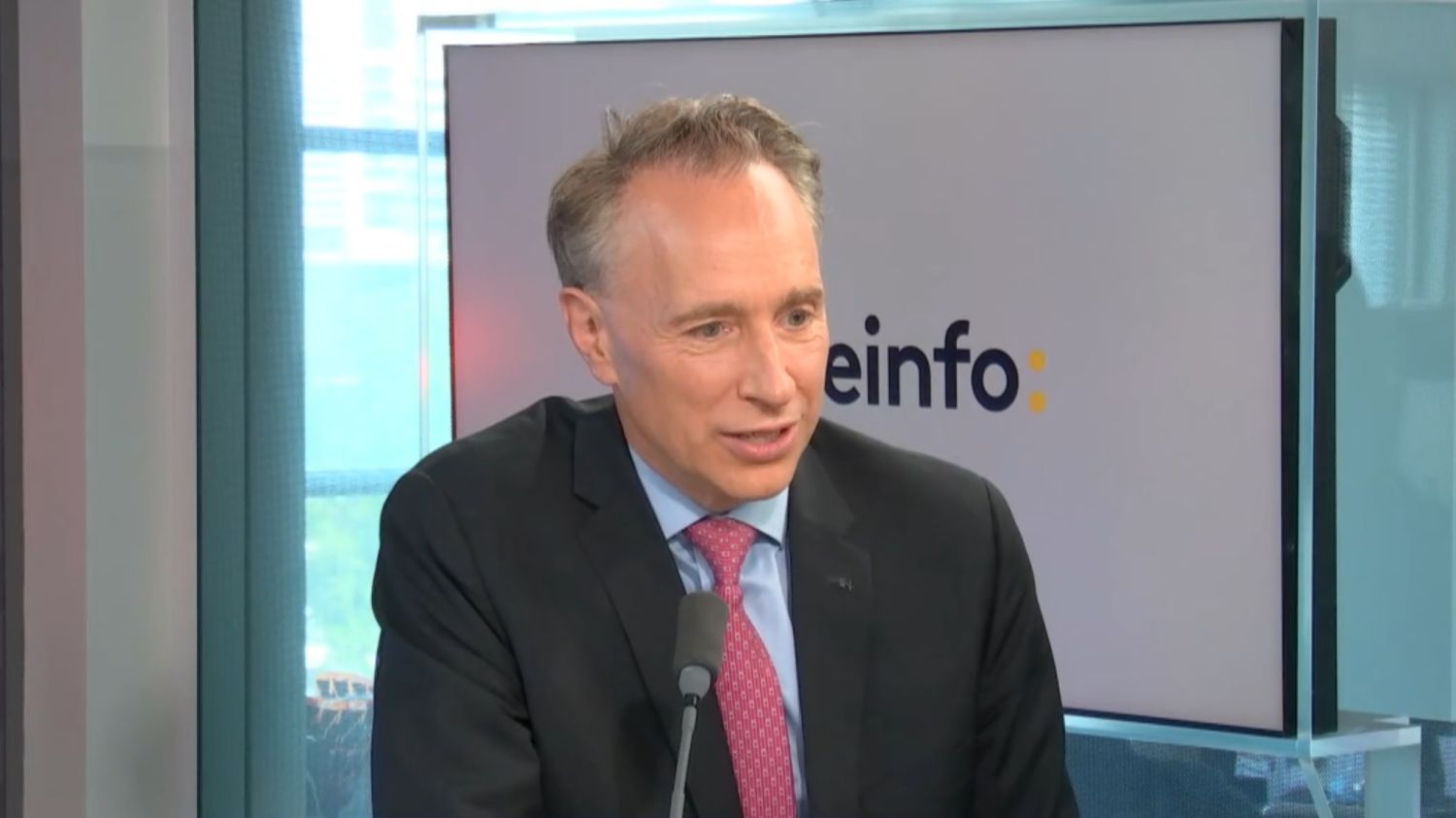Today, climate risk is one of the main risks for insurers in France. It is absolutely necessary to “protect the insurability of companies and individuals” by “focusing on prevention”, warns Thomas Buberl, the head of Axa insurance.

Published
Reading time: 7 min

Axa is one of the world leaders in the insurance sector, with 7 million customers in France. In 2023, the cost of climate claims reached 6.5 billion euros in France, an increase of 40% compared to the last 10 years. To address the future, the boss, Thomas Buberl wants to develop prevention and the use of technologies that make it possible to better anticipate climate events that have multiplied.
Thomas Buberl: Climate risks, all of this is very expensive and we certainly never expected this level of risk in 2023. Major events that are predictable over time, such as hurricanes, sometimes cost less, because the prevention put in place by the States, businesses, individuals help and walk. However, we have many new events – floods, drought, fires – which appear where we do not think, which is why prevention is difficult, and this is what makes the bill heavy.
Axa is present in around fifty countries. Is this specific to France or do you observe the difficulty of predicting these phenomena everywhere in the world?
Unfortunately, we see this phenomenon everywhere. In China, in the United States, in Europe, everywhere. In France, we have found a mechanism which is a private and public mix which works very well and which also helps to soften this burden of charges by the claims.
With the so-called “Cat Nat” bonuses for natural disasters. Indeed, it is a somewhat particular system, public-private. We saw that the State had planned to increase the Cat Nat premium in 2025. What will be the repercussions on insurance prices?
If we want insurance to work and remain a tool of trust, the invoice must “work”. This means that if claims increase, premiums must also follow. We have a much higher loss rate and that is why the subject of prevention is so important.
How much will the increase be expected next year?
It’s not yet clear because once again, we need to see exactly what the costs are. But if the cost was 40% more in 2023 compared to the last ten years, the increase will never be of that order, but we must prepare for a significant increase.
For individuals as well as for businesses?
Exactly, yes.
You said: “The most important thing is prevention”. What are you doing to deploy prevention and not end up having to pay more and more expensive insurance?
First, the good news is that we can clearly see that prevention works. If we want to build a new plant, we have to build it in a less dangerous place. If we rebuild, we have to rebuild with more sustainable methods than before. There are many things we can do to avoid future disasters.
Basically, you don’t provide insurance if it doesn’t meet a specification?
No, our policy is to help. It is in our interest, because we are all here to protect the insurability of risk. No one has an interest in a risk no longer being insurable. Otherwise we will fall into a social divide that no one wants. And that is why everyone, States, insurers, individuals, companies have an interest in protecting themselves and doing more prevention.
For example, we need to think about changing planting cycles to avoid drought. We must also use the opportunities of new technologies, through satellite images, through sensors, to understand what type of fire risk we may have. There are plenty of methods and companies increasingly want to use these methods. We created a company within Axa, called Axa Climate, with today more than 200 scientists specializing in climate, who consult and help companies to adapt.
Is this a new market for you?
Yes, but there is a lot of demand and it is something that works, that did not exist a few years ago, and that can help reduce the bill – for individuals and for businesses – and continue the insurability of these risks.
Watch this video interview:
